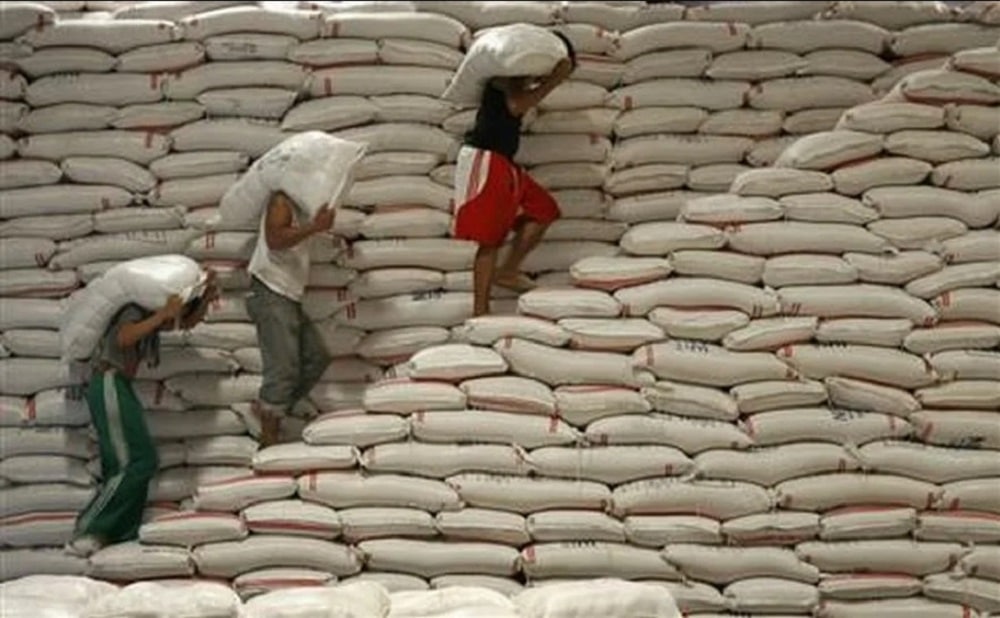On Saturday, September 28, India announced the resumption of exports for non-basmati white rice, a significant move as the country prepares for the upcoming harvest season. This decision comes amid a substantial increase in rice stockpiles, positioning India, the world’s largest rice exporter, to stabilize global supply and potentially lower rice prices internationally.
The Indian government has set a minimum export price (MEP) for non-basmati white rice. This policy shift follows the recent reduction of export duties on parboiled rice from 20% to 10%, which was also implemented on September 27. The Directorate General of Foreign Trade (DGFT) confirmed that the change in policy allows for immediate exports under the new pricing structure.

Traders have welcomed this decision, viewing it as a “game-changer” that will enhance farmer incomes and restore India’s competitive edge in the global rice market. Rajesh Paharia Jain, a representative from a New Delhi-based rice exporting company, emphasized that this policy will significantly benefit rural agriculture.
The lifting of restrictions on non-basmati white rice comes after a series of export controls aimed at managing domestic supply and prices. Last year, India imposed various restrictions due to concerns over food inflation and anticipated challenges from the El Niño weather phenomenon. These measures included bans on broken rice exports and high export duties on other varieties to ensure adequate domestic availability.
Currently, India’s rice reserves stand at approximately 32.3 million tons, reflecting a 38.6% increase compared to last year. This surplus allows the government to ease export limitations while maintaining sufficient supplies for local consumption.

Farmers have responded positively to these developments, with reports indicating that they have cultivated rice on over 41 million hectares this season, an increase from previous years. Despite the newly established export duties and minimum prices, industry leaders believe that Indian white rice will remain competitive in international markets.
In summary, India’s recent changes to its rice export policy not only aim to boost agricultural income but also seek to position the country favorably in global trade dynamics as it navigates domestic needs alongside international market demands.



